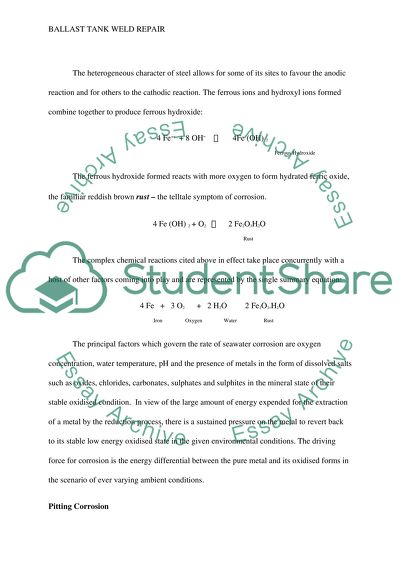Cite this document
(“Ballast Tank Repair Assignment Example | Topics and Well Written Essays - 1750 words”, n.d.)
Retrieved from https://studentshare.org/chemistry/1432394-constrruction-assignment
Retrieved from https://studentshare.org/chemistry/1432394-constrruction-assignment
(Ballast Tank Repair Assignment Example | Topics and Well Written Essays - 1750 Words)
https://studentshare.org/chemistry/1432394-constrruction-assignment.
https://studentshare.org/chemistry/1432394-constrruction-assignment.
“Ballast Tank Repair Assignment Example | Topics and Well Written Essays - 1750 Words”, n.d. https://studentshare.org/chemistry/1432394-constrruction-assignment.


